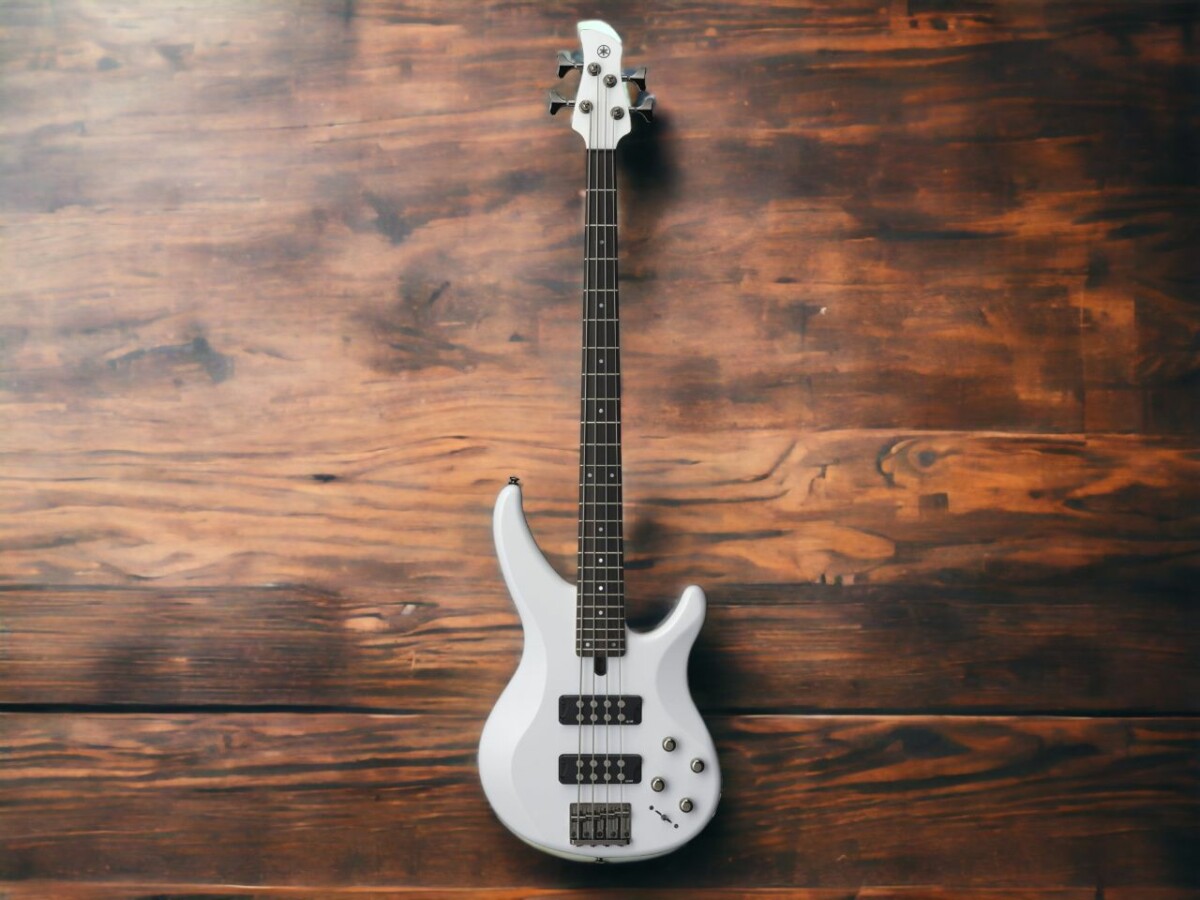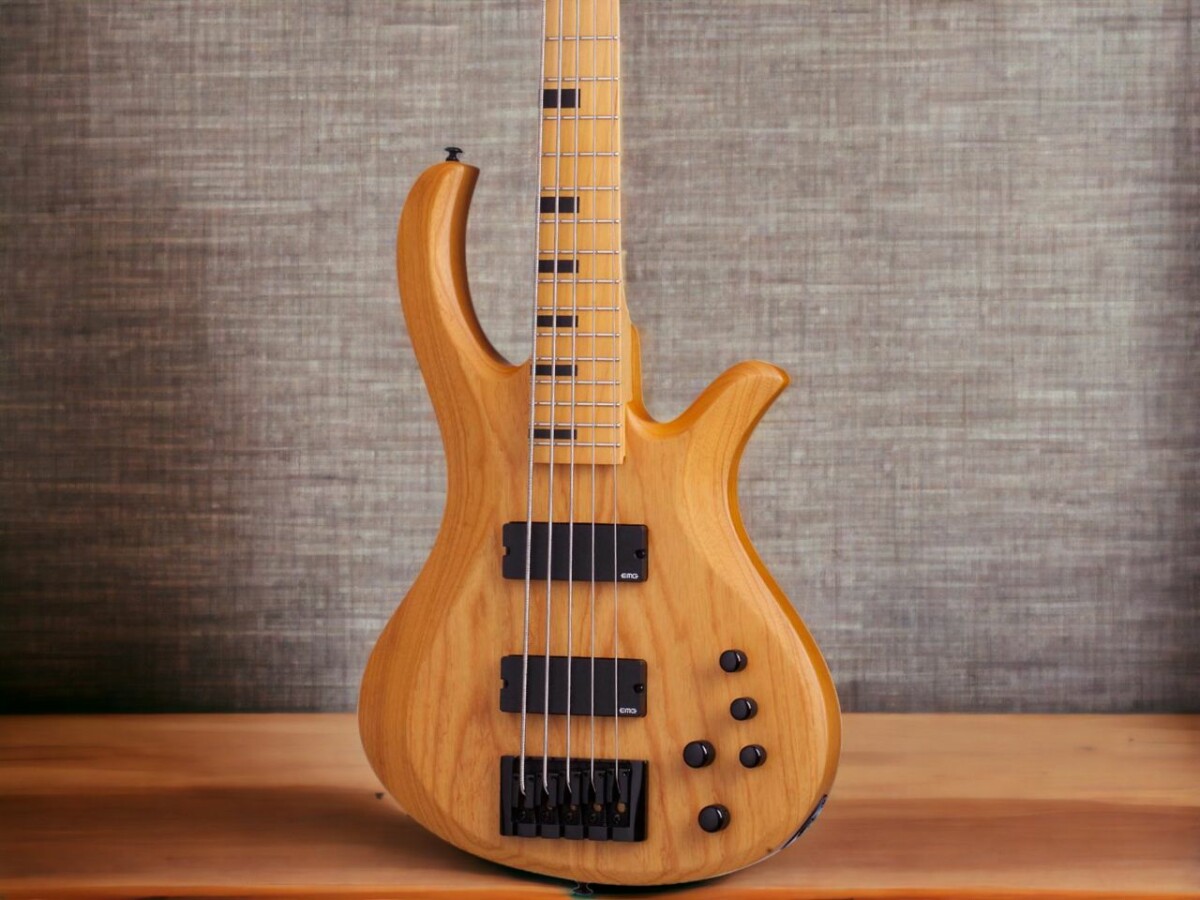So, you’ve caught the bass guitar fever, huh? But there’s a little worry nagging at the back of your mind – your hands are on the smaller side. Don’t sweat it! It’s not all about size. It’s the length of your fingers and your technique that really count. Even if you’re rocking compact mitts, you can totally slay on the bass. Ever wondered if you can play chords on a bass? The answer might surprise you.
It’s all about putting in the hours and nailing that practice. With the right finger positioning and posture, you can still produce those deep, resonating tones that will make people sit up and take notice. And if you have long nails and wonder about playing the bass guitar, our guide on playing bass guitar with long nails might help.
So go on, take the plunge! The bass guitar scene is ready and waiting for you to leave your unique imprint.
Role of Finger Length in Bass Guitar Playing
Yes, small hands don’t have to stand in the way of rocking a bass guitar. It’s all about finding a bass with just the right neck width and scale length that feels comfy in your hands. Make sure to practice proper hand positioning and engage in some stretching exercises to enhance your flexibility. There’s a bass guitar out there with your name on it, regardless of your hand size!
Even if you’re rocking petite hands, you’ll quickly notice that your finger length carries a lot of weight when it comes to mastering the bass guitar. It makes a pretty big difference in how smoothly you can play. If you’ve got fingers that stretch like an NBA player’s, you’ll have an easier time reaching those stubborn frets and acing those intricate melodies.
But hey, if your digits are on the shorter side, don’t sweat it. There’s a whole bunch of alternative strategies specially crafted for bass guitarists who don’t exactly have giant hands. You might want to think about switching up your fretting hand position, giving your thumb a bigger role, or even tweaking your plucking technique. The key here is to make the instrument bend to your will.
Adapting Techniques for Small Hands
So, you’ve been blessed with petite paws, huh? Don’t sweat it, mate. You can still rock out on the bass guitar like a pro. It’s all about tweaking your style to fit your hand size. If you want a private practice session without disturbing others, consider plugging headphones into a bass for a more immersive experience.
Here’s the thing about thumb technique for the smaller-handed among us:
- Your thumb can be a total game-changer. Use it to fret notes on the E and A strings.
- Think of your thumb as your anchor – it’s what gives your hand stability.
Now, let’s talk about finger stretches specifically for bass guitar players with small hands:
- Regularly stretching your fingers can make all the difference in your reach and flexibility.
- Warming up before you jam is key to avoid pulling anything.
But remember this: size isn’t everything. It’s all about how you use what you’ve been given. Keep at it, stay patient, and keep these techniques in mind. You’ll show that bass guitar who’s boss, regardless of your hand size.
The Importance of Proper Finger Placement and Hand Posture
Believe it or not, the way you place your fingers and hold your hand can seriously up your bass guitar game, no matter the size of your hands. Perfecting these techniques does more than just making your fingers dance across the fretboard with ease, it’s also a lifesaver when it comes to avoiding hand injuries. Keeping your fingers in the right place and your hand chill and in its natural position, you’re saving yourself from unnecessary stress and potential long-term damage to your tendons and muscles.
Now, let’s talk about finger exercises. Adding them to your practice sessions could be a total game changer. These exercises are all about boosting your strength, flexibility, and reach, even if you’re battling with smaller hands. But hey, remember, size doesn’t matter when it comes to your hands. It’s all about the skills you bring to the table. So, keep your posture on point, position your fingers properly, and let your bass do all the talking.
The Impact of Practice and Technique on Bass Guitar Proficiency
Don’t sweat it if you’ve got petite hands, they’re not a deal-breaker when it comes to shredding on the bass guitar. It’s all about the grind and nailing the technique. It’s not the size that matters, it’s all about how you put those fingers to work.
Here’s a rundown of a few techniques and drills to step up your game:
Amping up finger strength:
- Finger push-ups: Get those fingers pressing against a hard surface, then chill. It’s like a mini gym for your hands.
- Finger stretches: Spread out those fingers and then bring them back in. Think of it as finger yoga.
The 411 on scales and modes while jamming on the bass:
- Major and minor scales: Consider these your music ABCs. Get them down pat and watch your performance level skyrocket.
- Modes: These are just different ways to play those scales, adding a little spice to your bass grooves.
The Role of a Bass Guitarist in a Band
As a bass guitarist, you’re the band’s rhythmic backbone, the one who holds the whole musical puzzle together with your harmonic prowess. The synergy that fuels a band? Yeah, that largely depends on how well you can jive with the other instruments to create a unified and rocking sound.
And let’s not forget about bass guitar improvisation. This isn’t just a piece of your role, this is where you get to let your creativity run wild. You get to delve into the world of unexplored melodies and add your own unique layer to the band’s sound.
Think of your bass lines as the bridge, the connector, the smooth operator that marries the thumping beats of the drums with the sweet melodies sung by the vocals and strummed on the guitar. You’re the one who sets the band’s groove, their vibe, their unique sound.
But hey, don’t get carried away thinking it’s all about showy solos or trying to jam in as many notes as possible. Nope, that’s not your style. Your mission, should you choose to accept it, is to use your bass guitar to amplify the overall vibe and keep the musical pulse pumping. It’s about making the music flow, not stealing the show.





